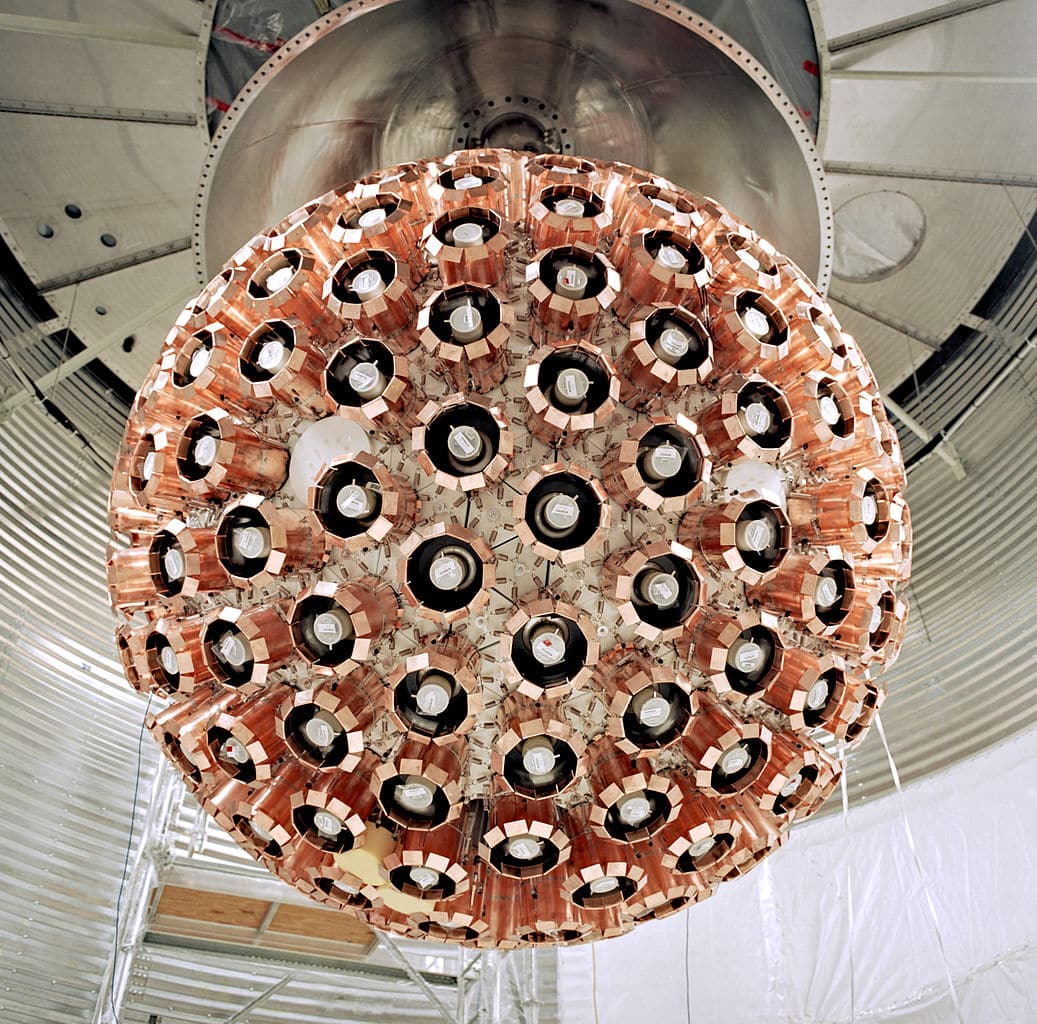Starting a Science YouTube Channel: What I’ve Learned from My First 25 Subscribers
Over the summer before starting my PhD, I decided to create a science YouTube channel focusing on how the average person interacts with artificial intelligence in their day-to-day lives. In the last three months of doing so, I’ve learned a lot about what it is like to be a YouTube creator, and I wanted to share some tips that I’ve picked up with anyone who is thinking about starting a science channel, but isn’t sure where to begin.
Tip #1: Make sure you have time to create high-quality content.
This may seem obvious, but most people don’t realize how much time actually goes into creating high quality content. It is less about the equipment you use (see Tip #2) and more about the research, filming, and editing time that you’ll need to block out of your already busy schedule. When I started making videos, I was on summer vacation, so the time commitment didn’t seem that bad because I didn’t have a lot on my schedule. However, once I started my PhD, I noticed a sharp decrease in the quality of my videos because I had less time to research, film, and edit. (Not surprisingly, that first video has the highest view count of anything I’ve uploaded so far.) I’m still coming back from that quality drop, and I’ve only been able to do so by starting a dedicated researching, filming, and editing schedule.
Tip #2: You don’t need expensive equipment to start!
Many successful YouTubers record a video where they show off the equipment they use to film their videos. Often, the total cost of their equipment ranges from thousands to tens of thousands of dollars. One of my biggest concerns when I started my channel was that I didn’t have and couldn’t afford a several thousand-dollar camera, so instead, I used my iPhone with a small stand that I bought on Amazon. Since then, I’ve also invested in a $14 clip-on microphone to improve the sound quality, which brings my spending to a total of about $50. This is all to say that you don’t need that expensive camera or video-editing software to make high quality content, especially given that current smartphone cameras are often as good as standalone cameras. If you have a phone or a camera that can record in at least 1K resolution with decent sound, you have enough to get going!
Tip #3: Ignore the YouTube comment trolls.
This was one of the things that I didn’t expect. In real life, depending on your personality, you may take criticism more or less personally than the average person. On YouTube, however, everyone is a critic, and their criticism is often not very constructive, to put it lightly. In fact, it may not make any sense. I’ve noticed that about half of my comments are “criticisms” in the form of conspiracy theories about the singularity and about artificial intelligence taking over the world. While I try to respond to the genuine comments, I’ve learned to ignore the harassing ones and not take them too personally or put too much stock in them.
Tip #4: You’re going to make mistakes, and that’s okay!
In one of the first few videos that I published, I made a statement that was incorrect. Several commenters pointed this out to me within the first 24 hours of the video being up, to the point where some were accusing me of purposefully misleading viewers. In reality, I knew what the correct statement should have been, but in the moment, I said the wrong thing. Initially, I was very critical of myself for making that mistake, and I was so upset that I considered taking the channel down completely. But rather than giving up, I pinned a comment to the video correcting the statement that I had made and re-uploaded the video with a correction. It is inevitable that you will make a mistake while filming, editing, or researching a video, and that’s okay! While you should hold yourself accountable for correcting it, once the correction is finished, it’s time to move on to the next video.
Tip #5: You don’t need to be an expert.
When I started the channel, I was very aware that I was just starting graduate school. And while I had done some research in artificial intelligence and planned to do my graduate work in that field, I didn’t consider myself to be an expert on it. Consequently, I wasn’t sure that I was the right person to talk about it. In hindsight, however, I’ve learned that you don’t need to be the foremost expert on your subject — as long as you a) make it clear to your audience that you aren’t, b) research your content thoroughly, and c) be honest if you make a mistake. In the case of my channel, I decided that I didn’t need to be an expert on artificial intelligence to talk about how we interact with it on a daily basis, because I’m not really talking about the intricate details of developing intelligent systems. Instead, I’m speaking broadly about something that everyone, including me, experiences fairly regularly but may not fully understand. In short, I’m speaking as an expert on my own experiences.
Hopefully by now you’ve realized that anyone who is interested in starting their own science YouTube channel absolutely should! I’ve loved having a channel, and each new subscriber gives me the chance to share my knowledge and experiences with one more person. Hopefully these tips can help any new YouTube Creators overcome their apprehensions and concerns so we can see more science YouTube channels in the future!
Jordan is a Ph.D. Student in Medical Engineering and Medical Physics, Harvard-MIT Health Sciences and Technology. You can view Jordan’s video blog, EverydAI, on YouTube and find her on Twitter @jordanbharrod.










